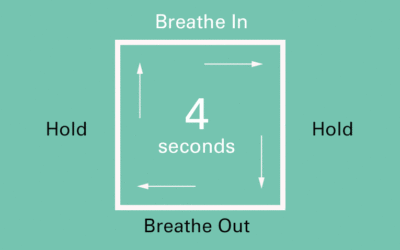Similar to anxiety, depression is a word more often used colloquially than clinically. It is a natural human experience to feel down, but how prevalent is clinical depression, and what is required for depression to be diagnosed?
Finding an exact number is difficult, as statistics are reliant on the people suffering to seek help and receive a diagnosis. The World Health Organization complied studies and found that an estimated 3.8% of the global population are currently experience depression, which relates to approximately 280 million people.
3.8% may sound like a low percentage, but one of the important factors of depression is that it often comes in depressive episodes that last for at least two weeks. Some research suggests that the average depressive episode lasts for 10 months if no other mental health conditions are present. If triggered by grief, Seasonal Affective Disorder (SAD) or life transitions the episode may go away naturally, but if lifestyle changes or support are not found a depressive episode may last indefinitely. In Canada, 8% – 11.3% of people report having depression at some point during their lifetime. According to the National Institute of Mental Health, therapy and counselling are not only effective interventions at managing depressive episodes, but also key in preventing a depressive episode from coming back.
When I am working with a client in the counselling room and looking for symptoms depression, I use the Diagnostic and Statistical Manual of Mental Disorders (DSM-5-TR) as my framework. It is a tool that contains all mental disorders and what criteria are needed for diagnosis. For depression, it provides the following 8 symptoms:
- Depressed mood most of the day, nearly every day.
- Markedly diminished interest or pleasure in all, or almost all, activities most of the day, nearly every day.
- Significant weight loss when not dieting or weight gain, or decrease or increase in appetite nearly every day.
- A slowing down of thought and a reduction of physical movement (observable by others, not merely subjective feelings of restlessness or being slowed down).
- Fatigue or loss of energy nearly every day.
- Feelings of worthlessness or excessive or inappropriate guilt nearly every day.
- Diminished ability to think or concentrate, or indecisiveness, nearly every day.
- Recurrent thoughts of death, recurrent suicidal ideation without a specific plan, or a suicide attempt or a specific plan for committing suicide.
To be diagnosed with depression by a doctor, only 5 of these symptoms during a 2 week period have to be present. They must also cause significant distress in social, occupational, or other important areas of functioning.
An important note to highlight is that depressed mood is one of the 8 symptoms, but not a requirement. It is often the expectation that someone suffering from depression has to present as depressed as Eeyore, but that is often not the case.
As the rate of distress and presentation can be so different in Depression, it is split into 4 main categories.
- Major depression disorder (MDD) – This is the category most people associate with depression, and it is often embodied by sadness, helplessness, hopelessness, and irritability.
- Persistent depressive disorder – Formerly called “dysthymia,”and the major difference with MDD is that the symptoms are not as severe, but longer lasting. Chronic stress and trauma have both been linked to the development of this disorder.
- Bipolar disorder – Bipolar disorder is identified in the mood episodes. Manic (elevated energy, and lower, high sense of esteem, disorganized or quick speech, and engaging in impulsive behaviour), and depressive (symptoms listed previously) moods. Often there are neutral moods in-between, and mood episodes often last a week or two.
- Seasonal affective disorder (SAD) – It is a type of depression cyclically related to the change of seasons. There are many theories on what causes SAD, but it is most often linked to less sunlight in the winter. Lacking sunlight is not the whole answer though, as it is documented that 13–17% of people who develop SAD have an immediate family member with the disorder.
Depression in any form is a mood disorder that involves your thoughts, your emotions, your mood and your body. When in a depressive episode it can alter how you eat, how you sleep, as well as your perception of yourself and the world. It is not a sign of weakness, or the same as simply being unhappy. Treatment is the key to recovery, and if you have resonated with any of the symptoms and feel ready to fight depression I encourage you to book a session or fill out the new client form to schedule a free consultation so we can talk about how counselling may be able to help!



